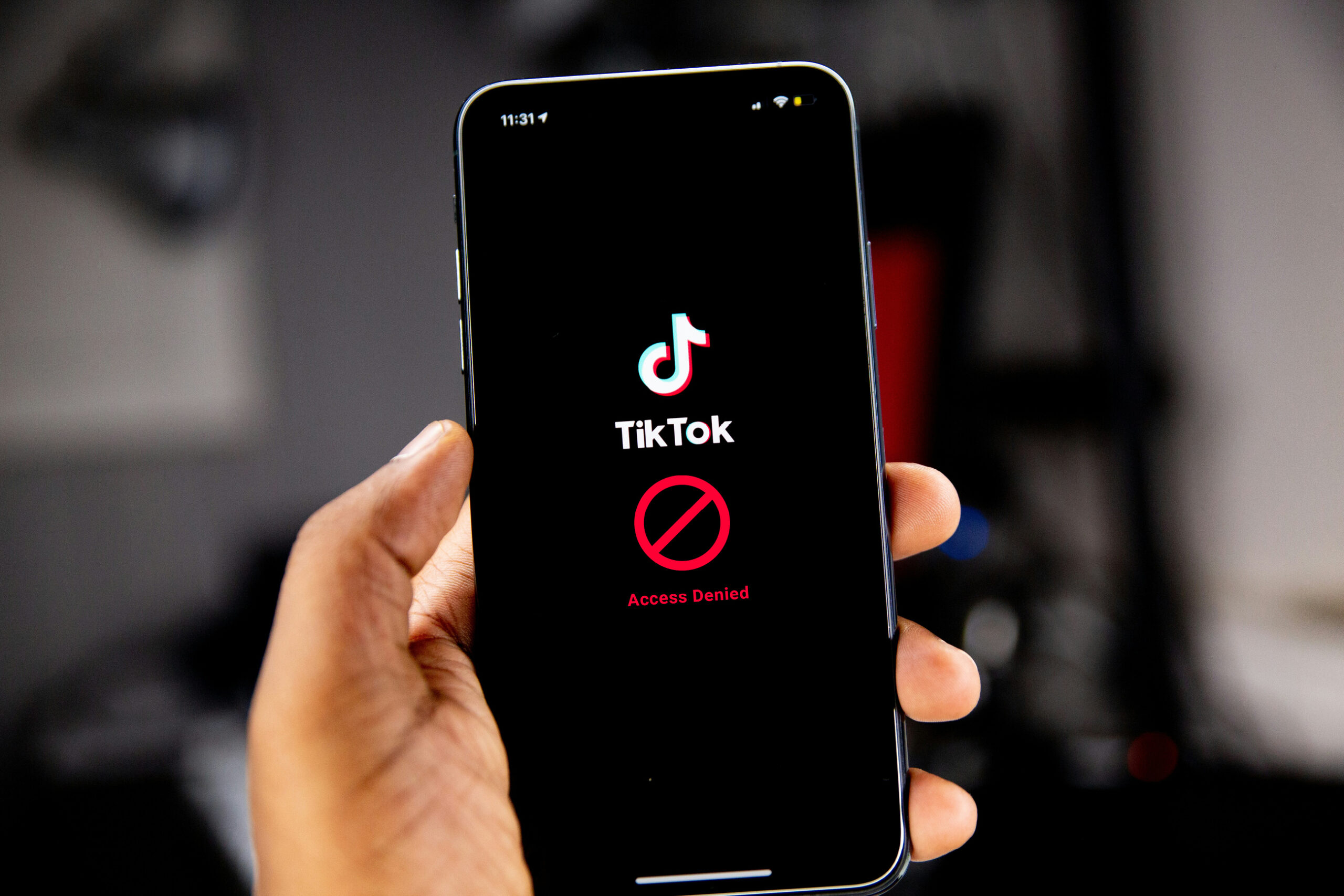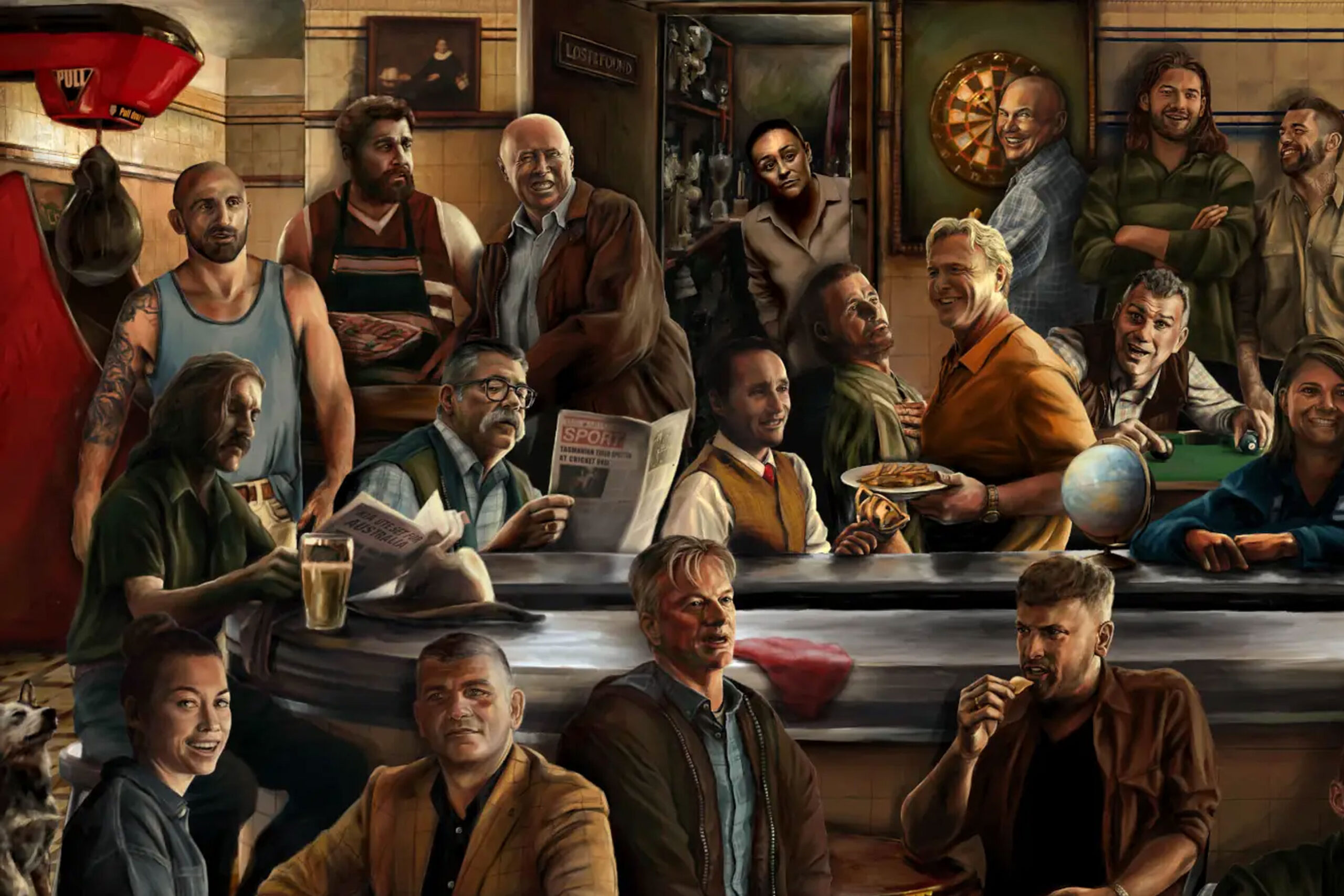
Posted 19/03/2024
The Brief: 006 / 19 March 2024

TikTok Time’s Up?
The U.S. is considering kicking TikTok to the curb. The House of Representatives has given a thumbs up to a bill that would either force TikTok’s Chinese owner, ByteDance, to sell it or wave goodbye to the app altogether.
TikTok is a big deal. In the US, it has a whopping 170 million users, which is about half of the country’s population. Some people worry that TikTok might be sharing user data with the Chinese government, which is a huge security issue.
The bill isn’t just singling out TikTok; it’s casting a wide net, aiming to put the brakes on any social media company controlled by a foreign adversary deemed a threat to national security. And here’s the kicker – both Democrats and Republicans are on board with this one.
But what’s next? Well, the bill’s got to pass through the Senate, and then President Biden needs to give it the nod. And even if it does become law, there could still be some legal hurdles to clear.
TikTok’s not sitting idly by, though. Its CEO has come out swinging, calling the bill a letdown and warning about the consequences it could have on creators and small businesses.
So what would this mean for marketers in the US if the ban does come into play?
All that ad money previously flowing into TikTok is now up for grabs. Platforms like Instagram, YouTube, and Snapchat would likely be scrambling to snag those ad dollars. They’d be bending over backward to court influencers and creators, realising the immense value they bring to the table. And who stands to benefit the most? According to experts, Meta (formerly Facebook), YouTube, and Google are in the prime position to cash in big-time if TikTok goes dark in the U.S. Reports suggest that Meta could capture a significant chunk of TikTok’s ad revenues, followed closely by YouTube and Google.
And what would this mean for Australia?
Down Under, the government’s already banned TikTok from its own devices due to security concerns. But for the general public, TikTok’s still fair game. Prime Minister Albanese says there are no plans to follow the U.S.’s lead with a TikTok ban, emphasising the importance of balancing national security with people’s need to communicate.
But not everyone’s convinced. Opposition leader Peter Dutton is pushing for more action, stressing the potential risks for young Australians online.
So, what’s our take on this?
Well, it’s a bit of a mixed bag. On one hand, a TikTok ban in the U.S. could shake up the social media landscape, potentially shifting ad dollars to other platforms. But on the other hand, it could also mean losing out on a vibrant and diverse community that TikTok brings to the table. Plus, it’s a reminder that in today’s digital age, navigating issues of privacy and security is more important than ever. Have some questions about the security and privacy of your online data? We can help – send us a message.
Silicon Summit
This year’s Silicon Valley Video Summit saw a panel discussion on how AI will radically alter video marketing and distribution.
The panel consisted of luminaries in the film and AI worlds and they offer us a hopeful perspective on AI’s use for video marketing.
In the video, they talk a bit about the usage of AI in video production, and the two ways it is used – namely generative AI vs Utility AI.
In the context of video production and editing, they can be defined below:
Generative AI: Generative AI in video production and editing involves creating new video content based on existing data or input. This could include generating new scenes, visual effects, or even entire videos from scratch. Generative AI can be used for tasks like video synthesis, scene generation, or even automatic video editing, where AI systems generate or modify video content based on user preferences or input.
Utility AI: Utility AI in video production and editing focuses on using AI systems to perform specific tasks or functions to enhance the editing process or improve video quality. This could include tasks like automatic video tagging, scene segmentation, object detection, or even real-time video analysis for live editing or broadcasting. Utility AI systems in video editing are often designed to assist human editors by automating repetitive tasks, and speeding up the editing workflow. These systems leverage techniques such as computer vision, natural language processing, and machine learning to analyse and understand video content, enabling more efficient and effective video production and editing processes.
In summary, generative AI in video production focuses on creating new video content, while utility AI is geared towards enhancing the editing process and improving video quality through automation and intelligent analysis.
So what was the outcome of the discussion?
Well, the panel remained confident that generative AI would not negatively impact the industry, despite the initial sentiment that it could.
Also interestingly, they said that utility-style AI will likely be the style of AI adopted by the industry rather than generative AI, because real-life content is here to stay.
If you create video content of any kind or video is a part of your marketing strategy, it’s well worth the 30-minute watch.
Google Updates
So, Google’s been up to some big changes lately. They’ve been tweaking their search algorithms and cracking down on spammy websites. This means when you search for something on Google, the results might look a bit different.
Here’s a quick rundown of what’s been happening:
- March 5th, Google announced they were making some updates to how their search engine works, both in terms of the core algorithm (the basic way they rank websites) and in how they handle spam (those annoying, low-quality sites that try to cheat the system).
- Then, on March 6th and 7th, Google started giving out manual penalties to websites that were breaking their spam rules. This meant some sites got kicked off Google’s search results entirely!
- On March 8th and 9th, we started seeing signs that these updates were affecting which websites show up where in the search results. Basically, some sites started ranking higher or lower than before.
- By March 10th and 11th, things seemed to calm down a bit, and some sites that got penalised earlier saw their rankings go back up, at least temporarily.
Now, with all these changes happening at once, it’s getting pretty confusing. Google used to try to avoid making too many changes all at once, but this time, they’ve thrown everything into the mix: core updates, spam updates, and even changes to how they measure website speed and usability.
For businesses trying to keep up with all this, it’s a bit of a headache. Imagine you own a website and suddenly find out Google’s changed how it ranks sites. It’s like trying to hit a moving target!
So, what can businesses do?
Well, the best thing you can do right now is to wait for your updates to complete and make your website as good as it can be. That means creating high-quality content that people actually want to read and making sure your site is easy to use. Need a hand? We can help.
Keep an eye out for updates on how these Google changes are affecting search results. It’s a wild ride, but hopefully, things will start to make more sense soon!
Brand Mashup
In the ever-evolving landscape of brand partnerships, unexpected collaborations are stealing the spotlight and flying off shelves. Case in point: Burt’s Bees joining forces with Hidden Valley Ranch to concoct a lip balm lineup with a “ranch and buffalo wings” flavour. While you’d assume salad dressing-flavoured lip balm would sound unappealing to most, the quirky mash-up sold out, proving the allure of innovative collaborations to curious consumers. In Australia, you’ve probably seen them in the form of Donut King Cinnamon Donut flavoured Twisties, or the gin and skin pairing of Four Pillars Gin & Go-To Skincare.
These odd-couple pairings are the latest craze in a trend that’s been brewing for years. And while they may not rake in astronomical profits, they strike a chord with today’s novelty-craving audience, making them highly coveted.
In today’s digital consumer culture, brands need to work harder to surprise and delight. As consumers grow weary of the status quo, brands are seizing the opportunity to captivate them with unconventional collaborations. Social media has become a breeding ground for brand-consumer interactions, paving the way for unexpected partnerships sparked by public dialogue.
But it’s not just about grabbing attention; these collaborations yield a “halo effect,” where positive sentiments toward one brand extend to its partner. Take Crocs, whose unlikely pairings with fast-food chains and luxury fashion labels have elevated its status from eco-friendly footwear to a fashion-forward staple.
Our thoughts?
These unexpected brand collaborations as a testament to the power of creativity and thinking outside the box in today’s competitive market. While large corporations have the resources to orchestrate high-profile partnerships, small to medium-sized businesses can also leverage this too.
For smaller businesses, the key lies in identifying brands that have similar values. By aligning with like-minded partners – who may sell very different products or services – they can tap into new markets, boost brand visibility, and create buzz through unconventional collaborations.
Social media platforms provide a cost-effective way to spark conversations and gauge interest in potential partnerships. By engaging with customers and listening to their feedback, small businesses can uncover unique collaboration opportunities that align with consumer preferences and trends.
Ultimately, embracing the spirit of innovation and collaboration can help small to medium-sized businesses differentiate themselves in the market, drive customer engagement, and unlock new growth opportunities.
It’s certainly food for thought!
Keen To Dive In?
If you love what we’ve shared above and want to be kept in the loop with our weekly email, The Brief, you can sign up here. We’ll only send you things we love and think you’ll find useful, and you can unsubscribe at any time. And if you need some help exploring any of the above within your own marketing strategy, or you need a rebrand, a custom website built from scratch, Google or social ads, print materials, blog posts – or the whole lot – we’d love to chat. Drop us a line here.
Interested in working with us?
We love a challenge. Let’s chat about your next project and how we can help.



